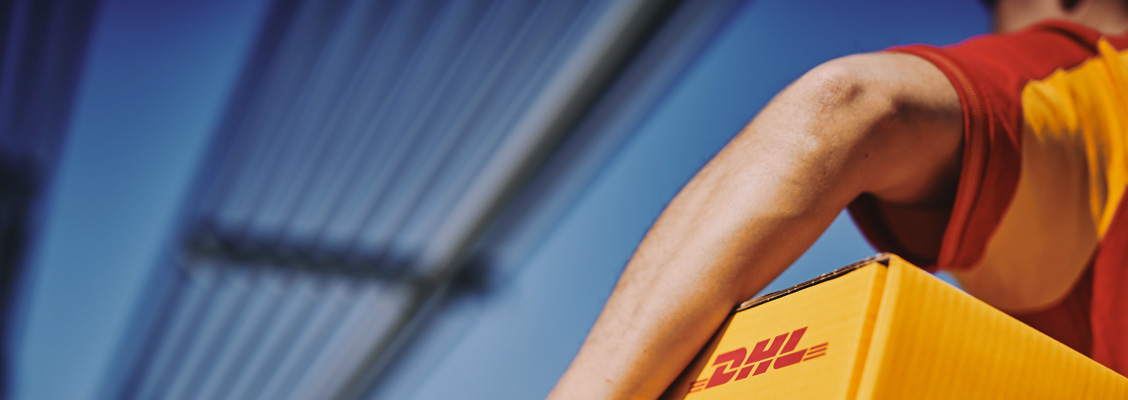
In certain circumstances, the consignee and consignor may be the same individual or organization. This can occur when a company transports packages from one of its storage facilities to the other.
For businesses involved in international shipping, understanding key shipping terms and roles is crucial, especially for those planning to engage in regular overseas trade.
One important term to know is “consignee.” The consignee has a critical role in the shipping process, and understanding their responsibilities is the first step toward ensuring that shipments from the Philippines are delivered smoothly and in full compliance with international trade regulations.
A consignee is the recipient of goods (tagatanggap) in a shipping transaction, meaning they are the individual or business to which the shipment is intended. They are also the only ones who are authorized to accept delivery upon its arrival at the destination. Other responsibilities of the consignee include inspecting goods upon delivery, verifying that the shipment matches the attached documents, and ensuring the necessary import documents are accurately completed.
The consignee’s name and address are clearly listed on the air waybill.
A reliable consignee plays a critical part in ensuring shipments are received smoothly and in compliance with local regulations. Key responsibilities typically include the following:
If you’re planning to work with an international shipping service, like DHL Express, typically, they will collect your consignee’s details when you are asked to fill out an online form for the airway bill. Typically, shipping companies will require the following information:
The role of the consignee is often misunderstood or confused with other parties involved in international shipping. To clarify these common terms, here’s a breakdown of how the consignee compares with similar roles:
While the consignee is responsible for receiving goods, the consignor is the sender of the goods, typically located at the origin point. Their responsibilities include preparing the shipment, arranging transportation, and ensuring that the goods are handed over to the carrier in a timely manner. In some cases, the consignor is the one who retains ownership and risk of the goods until they are transferred to the consignee or reach a certain milestone in transit.
While the consignee can also be the notify party, this depends on the specific shipment arrangement. Generally, the notify party is the individual or entity listed on the airway bill who should be informed once the shipment arrives at its destination. This party may assist with customs clearance and could be the consignee, buyer, logistics provider, or shipping agent.
However, being listed as the notify party does not make that person or business the legal owner or recipient of the goods—that role belongs exclusively to the consignee.
Many people commonly mistake consignees for Importers of Record (IOR) since both are involved in handling imported goods. However, there is an important distinction between them. IOR services, also known as declarants, are responsible for ensuring that shipments comply with the customs regulations of the destination country.
Unlike consignees, IORs typically have in-depth expertise in customs compliance due to their active role in managing global imports. In some cases, a consignee may also serve as the Importer of Record, particularly for individual or specific business shipments.

When delivering packages overseas from the Philippines, accurate consignee information is essential to ensure your shipment reaches its destination without delays or compliance issues. Incorrect or incomplete details can lead to customs clearance issues, additional costs, or delivery delays. That’s why working with a trusted logistics partner like DHL Express can make all the difference. We provide reliable, end-to-end support for your international shipments, from reliable import service to express deliveries, ensuring your packages arrive safely and on time.
Moreover, our MyDHL+ platform streamlines the shipping process by guiding you through each step, including entering consignee information, calculating duties and taxes, and printing shipping labels. With real-time tracking and shipment notifications, you’ll have full visibility into your parcel’s journey. Beyond digital convenience, DHL Express also offers optional value-added services, such as shipment insurance, time-definite delivery, and customs support, giving you peace of mind and greater control over your international deliveries.
Open a business account with us today to get started.
In certain circumstances, the consignee and consignor may be the same individual or organization. This can occur when a company transports packages from one of its storage facilities to the other.
If a consignee refuses or is unable to accept a shipment, an additional cost may be incurred by the customer or the person who booked the shipment on the DHL Express website.
DHL Express offers an On-Demand Delivery (ODD) service, which enables consignors and consignees to update key delivery details after a shipment has been booked. If you need to change the delivery address, you can submit an alternative shipping address, select a new delivery date, and verify the changes through DHL’s secure system.
For changes to the recipient, ODD also offers flexible options such as Leave with Neighbour, Concierge, or Guard. Simply input the new recipient’s name and address, then confirm the modification. These tools ensure that shipments reach the right person at the right place, without unnecessary delays.
The consignee is the receiver, while the consignor is the sender.
Consignee status refers to the current stage of delivery involving the recipient. For example, this may be presented as “Out for delivery to consignee” or “Shipment delivered to consignee.”